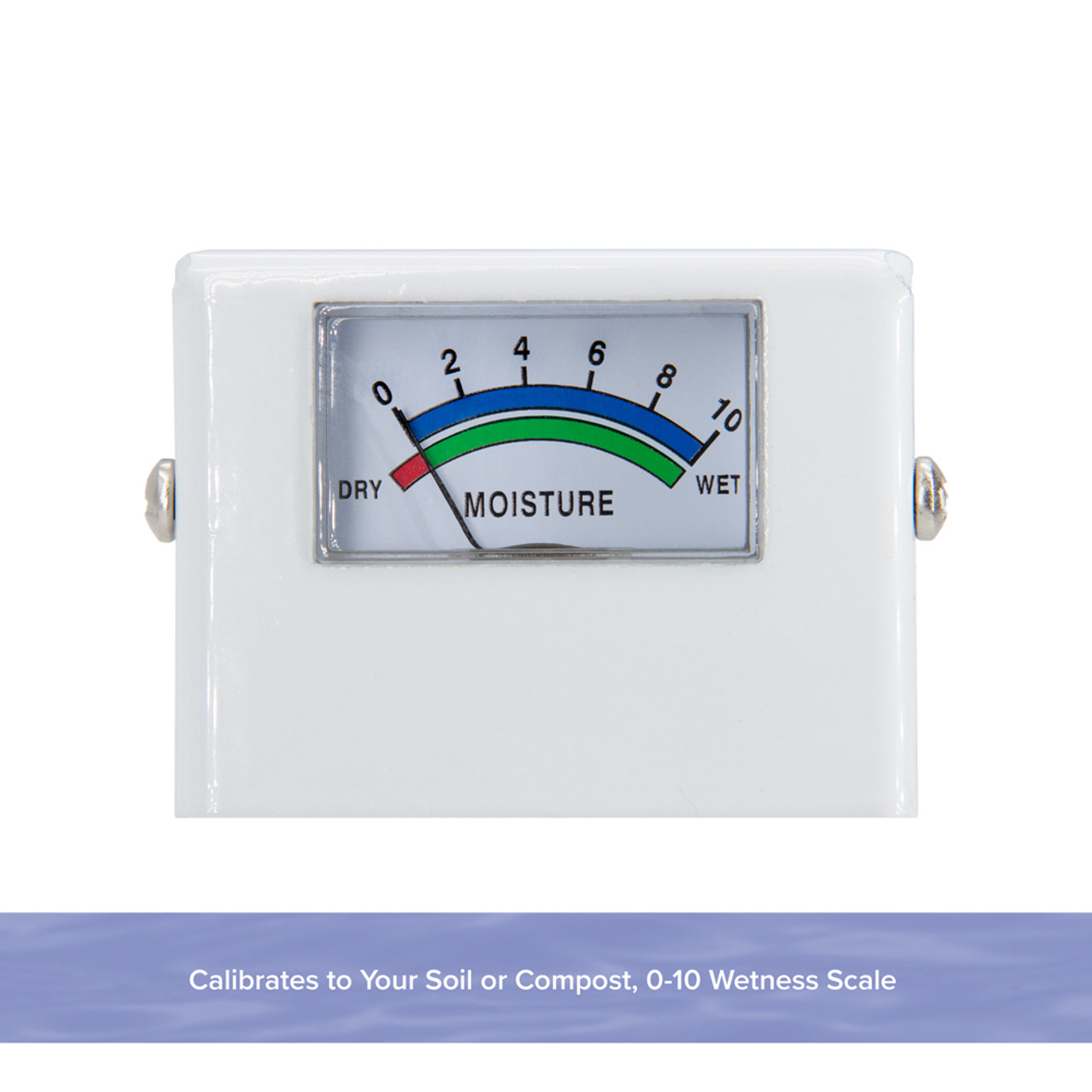Why Every Property Owner Demands a Moisture Meter: Secret Advantages and Functions
Why Every Property Owner Demands a Moisture Meter: Secret Advantages and Functions
Blog Article
Look Into the Globe of Moisture Meters: Every Little Thing You Required to Know
In the world of wetness meters exists a world of accuracy and practicality that usually goes unnoticed. Recognizing exactly how moisture meters run, the different types readily available, and their diverse uses can shed light on their importance in making certain high quality and performance.
Exactly How Moisture Meters Work
Moisture meters run by determining the electric conductivity or capacitance of materials to figure out the moisture material existing. These meters are important devices throughout various markets, consisting of construction, agriculture, and woodworking. By using various approaches such as pin-type or pinless technology, wetness meters supply exact analyses that aid experts make notified choices.
Pin-type dampness meters function by placing the sharp pins into the material being tested. On the other hand, pinless dampness meters make use of electro-magnetic signals to scan a larger area without creating any kind of damages to the material's surface.
Despite the approach utilized, moisture meters play an essential role in preventing concerns such as mold and mildew growth, structural damages, or product defects caused by excess dampness. Comprehending how these meters job is crucial for making sure the high quality and integrity of products in different applications.
Kinds Of Moisture Meters
Offered the important function moisture meters play in numerous industries, it is essential to recognize the different kinds offered to specialists for precisely assessing dampness levels - Moisture Meter. There are largely two major kinds of dampness meters: pin-type and pinless dampness meters

On the various other hand, pinless moisture meters use electro-magnetic sensing unit plates to scan a bigger area of the product without causing any type of damage. This kind is suitable for promptly scanning big locations and is typically made use of for flooring, wall surfaces, and ceilings. Pinless meters are convenient for taking analyses on finished surfaces without leaving any kind of visible marks.
Both kinds of moisture meters have their benefits and are picked based on the details requirements of the task at hand. Comprehending the distinctions between these types is crucial for experts to make exact moisture evaluations.
Applications Throughout Industries
With diverse performances, dampness meters find extensive application throughout various markets, helping specialists in guaranteeing ideal problems for structures and products. In the farming field, moisture meters are vital for establishing the moisture material in grains, seeds, and hay, making sure quality assurance and preventing mold growth. Building experts count on dampness meters to assess the moisture levels in building materials like drywall, wood, and concrete, which is essential for preserving structural stability and stopping problems like rot or mold and mildew. The floor covering industry utilizes dampness meters to measure the dampness web content in subfloors prior to mounting numerous flooring treatments, stopping expensive damages because of excess moisture. In the food market, wetness meters are used to monitor and regulate moisture degrees in products such as grains, nuts, and dried fruits to keep quality and high quality. Additionally, moisture meters play an essential duty in the repair and damage control sector by assisting professionals deal with and identify water damages in buildings promptly. Throughout these diverse sectors, wetness meters are important tools for making sure the high quality, safety, and durability of various products and products.
Tips for Utilizing Dampness Meters
Utilize the wetness meter's calibration setups to ensure precise analyses when gauging the moisture material in numerous products. Calibration is essential for the appropriate performance of a dampness click for more meter. Prior to each usage, it is advisable to check and change the calibration settings according to the certain product being examined. In addition, make sure the meter is set to the appropriate moisture variety for the material you are determining to acquire the most exact outcomes.
When using a pin-type moisture meter, insert the pins to the ideal deepness suggested for the material being evaluated. This guarantees that the moisture analyses are extracted from the right depth within the material, giving an extra precise representation of its moisture web content. For pinless wetness meters, keep in mind to maintain correct call with the material's surface to obtain reputable readings.
Routinely examine and change the batteries in your moisture meter to protect against unreliable readings because of low power. Shop the meter in a safe and completely dry place when not in usage to prolong its life expectancy and keep its accuracy. By following these pointers, you can optimize the performance of your wetness meter and get precise wetness web content measurements throughout various materials.
Upkeep and Calibration
To ensure the precision of wetness material measurements, normal read here maintenance and calibration of the wetness meter are crucial actions in its correct performance. Calibration readjusts the my company moisture meter to make sure that it supplies trustworthy and consistent results.
Calibration must be done regularly, particularly if the moisture meter is used regularly or in critical applications where specific dimensions are needed. Numerous moisture meters come with calibration devices or can be adjusted by professional solutions. Moisture Meter. It is advised to keep a log of calibration dates and results to track the efficiency of the dampness meter in time. By maintaining and adjusting the wetness meter on a regular basis, individuals can trust the precision of the moisture web content dimensions obtained.
Verdict

Finally, moisture meters play a vital duty in numerous industries by precisely determining the dampness content of materials. Comprehending just how these devices work, the various kinds readily available, and proper maintenance and calibration are necessary for getting dependable results. Whether in construction, manufacturing, or agriculture, making use of wetness meters assists make sure high quality control and performance in procedures.

In conclusion, moisture meters play a crucial duty in numerous markets by precisely gauging the moisture content of products.
Report this page